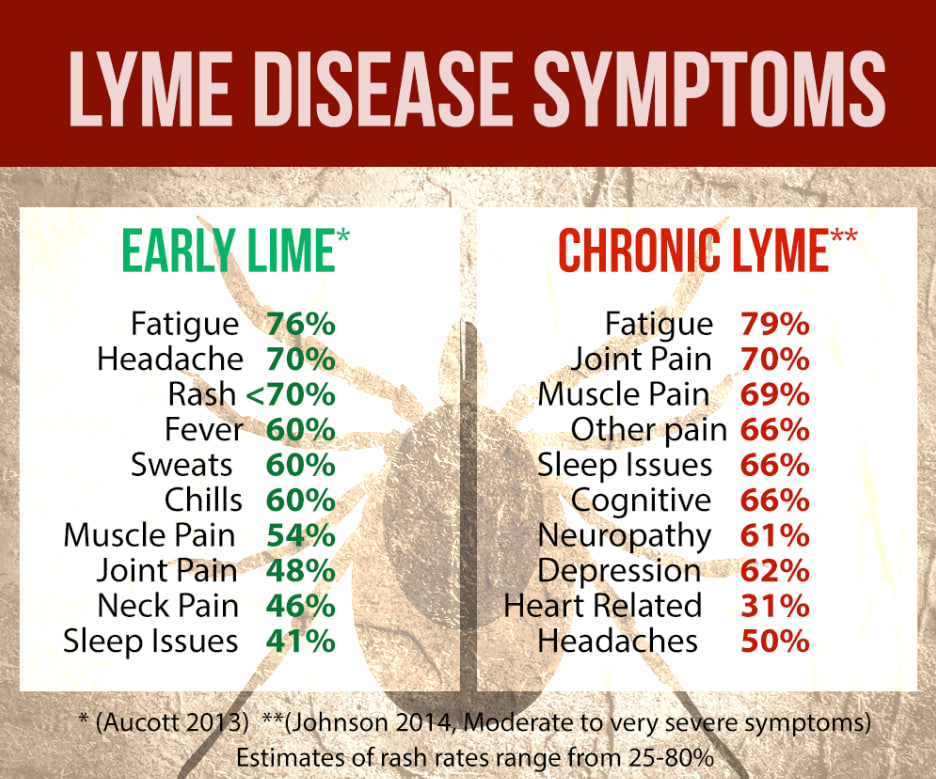Lyme Disease Reflex Test: Western Blot Confirmation
$89.00
Western Blot Lyme CPT# 86617
Lyme Disease Reflex Test: Western Blot Confirmation Test
Test Overview:
The Lyme Disease Reflex Test using the Western Blot is performed when a prior Lyme disease antibody test (typically an ELISA) has returned a positive or equivocal result. This two-step testing process is crucial for confirming the diagnosis of Lyme disease by detecting specific proteins from Borrelia burgdorferi, the bacteria that causes the disease. The Western Blot provides more detailed information about the presence of both early-stage and late-stage antibodies (IgM and IgG) to ensure an accurate diagnosis.
Test Name:
Lyme Disease Antibody Reflex to Western Blot
Labcorp Test Number:
Western Blot Test Code: 163600
CPT Codes:
- Western Blot IgM/IgG (if reflexed): 86617
When is the Test Performed?
The Western Blot is automatically performed when the initial Lyme disease antibody test (such as the ELISA) comes back positive or equivocal. This reflex testing approach ensures that only those with potential Lyme disease receive the more specific Western Blot confirmation.
What Does the Test Detect?
- IgM Antibodies: Indicative of an early-stage Lyme infection, typically appearing within the first few weeks after exposure to Borrelia burgdorferi. Elevated IgM levels suggest an active infection in its early phase.
- IgG Antibodies: These appear later in the infection and can remain in the body even after the disease has been treated. The presence of IgG antibodies helps to diagnose later stages of Lyme disease or determine a past infection.
Why is the Reflex Test Important?
The reflex Western Blot test provides a more specific diagnosis after a positive ELISA test result. Since Lyme disease antibodies can sometimes produce false-positive results in the ELISA test due to cross-reactivity with other infections, the Western Blot helps confirm the presence of Lyme disease by identifying specific Borrelia burgdorferi proteins. This ensures that the diagnosis is accurate and that patients receive appropriate treatment based on their stage of infection.
How the Test is Used:
- The test is used to confirm Lyme disease in patients who show positive or equivocal results from an initial antibody screening (e.g., ELISA).
- It distinguishes between early and late stages of Lyme disease by detecting IgM and IgG antibodies.
- It helps guide treatment plans based on the infection’s stage, as early-stage Lyme requires different management from late-stage or chronic Lyme disease.
How to Prepare:
No special preparation is required for this test. The blood sample from the initial screening test is used for the reflex Western Blot, so there is no need for a second blood draw unless requested by your physician.
Key Benefits of the Reflex Test:
- Accurate Confirmation: Ensures that the initial positive result is truly due to Lyme disease.
- Stage Identification: Helps determine whether the infection is in the early or late stages.
- Guided Treatment: Supports more precise treatment plans based on the confirmed stage of the disease.
For patients who have received a positive or equivocal result from an initial Lyme disease antibody test, the Western Blot Reflex test offers critical confirmation, helping you and your healthcare provider determine the best course of action for managing Lyme disease.

